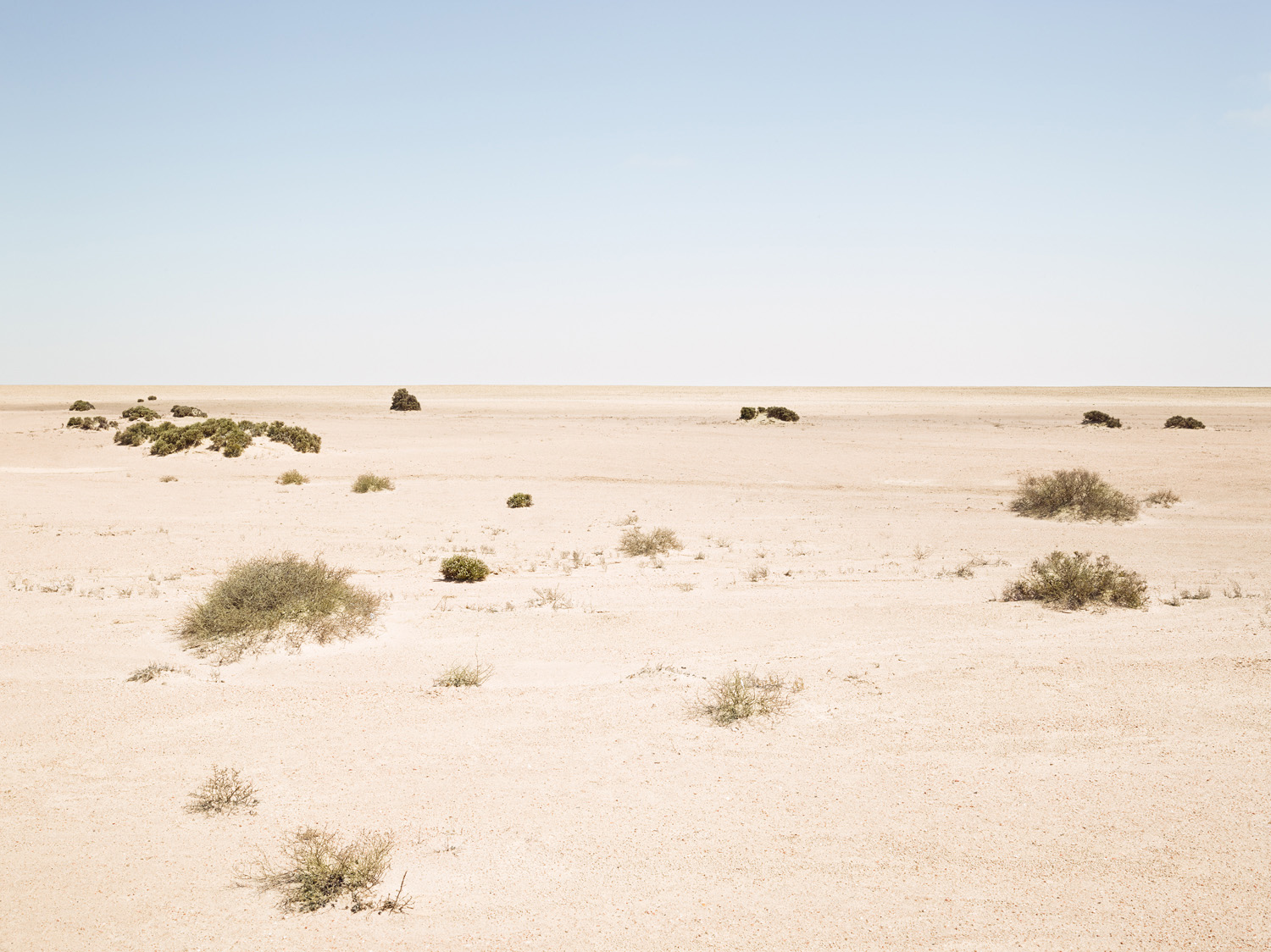Roger Eberhard was born in Zurich, Switzerland and currently works between both Berlin and Zurich. He obtained his MFA from Zürcher Hochschule der Künste, Zürich, Switzerland and BFA in Brooks Institute of Photography, Santa Barbara, USA.
His most series Human Territoriality, 2016-19, illustrates former border regions around the world and throughout the course of human history, that have shifted or no longer exist.
Follow us on Instagram instagram.com/photoworks_uk
For more of Rodger Eberhard, click here.

